A new super mineral has been discovered
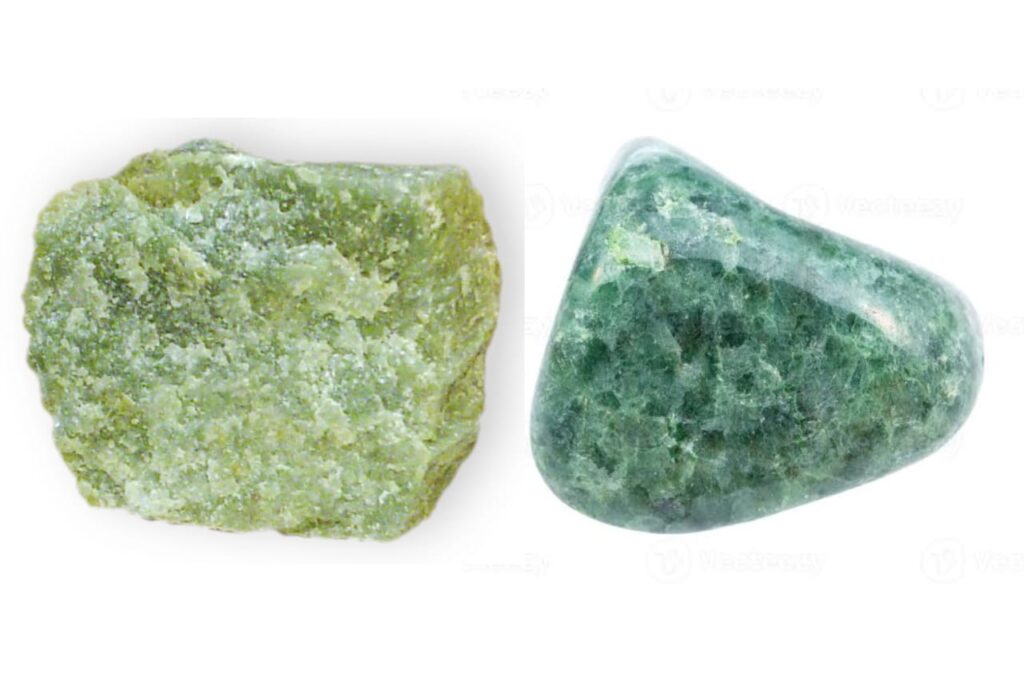
It isn’t every day that science stumbles onto something that looks like it came straight out of a comic book. Jardite, with its eerie glow and crystal structure, feels almost too extraordinary to be real. But researchers believe this lab-born mineral could hold the key to powering the next generation of electric vehicles.
1. Kryptonite is fake but Jardite is the real deal
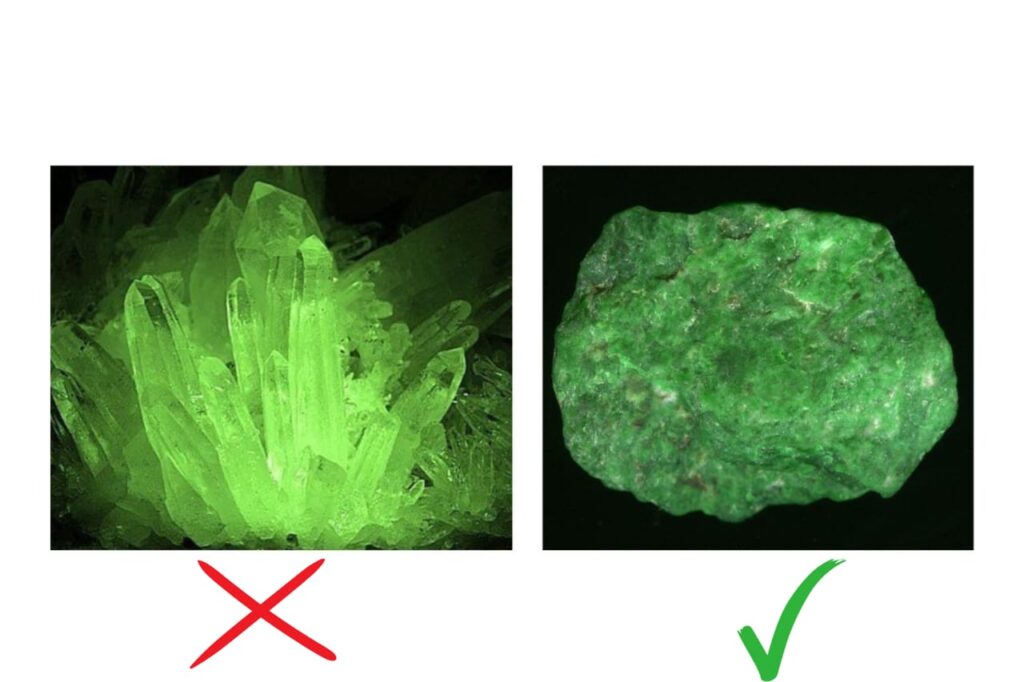
Jardite immediately grabs attention because it resembles kryptonite, the glowing green crystal known for weakening Superman. The difference, though, is that Jardite isn’t just a fictional prop, it was accidentally created in a real laboratory experiment. Its shimmering, otherworldly glow makes it easy to imagine as a piece of science fiction, but its potential uses are grounded in very real science. Early testing suggests Jardite could play a role in revolutionizing energy storage, especially for electric vehicles. Instead of weakening superheroes, it might one day help strengthen the world’s push toward cleaner energy and reduced reliance on fossil fuels.
2. It only forms deep underground
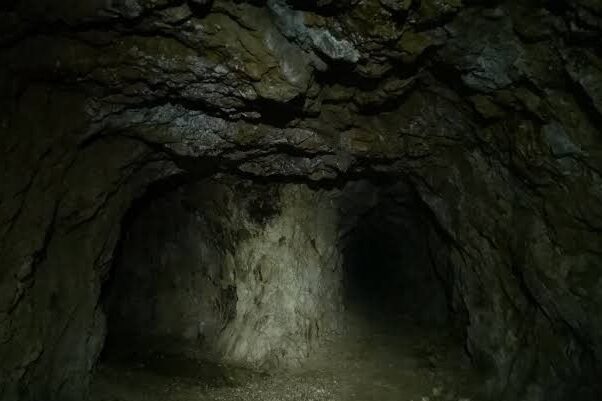
Scientists suspect that Jardite may actually exist in nature, but only under conditions far beyond human reach. It would require extreme pressure and heat, conditions found miles beneath Earth’s crust, closer to the mantle, to naturally form this crystal. Right now, that means it’s inaccessible with today’s mining technology, which typically can’t reach such depths safely or efficiently. This deep-buried possibility adds to the mineral’s mysterious allure: it may be waiting silently beneath our feet, locked away in places we simply don’t yet know how to reach.
3. It was discovered through simulated planetary pressure

Jardite first came into being when scientists were trying to replicate the extreme conditions of Earth’s mantle inside a laboratory. They weren’t even searching for a new mineral at the time but were testing how common minerals behave under stress. Instead, what they found was an entirely new crystalline structure with a distinctive glow. The sharp, bright appearance of Jardite set it apart immediately. It was one of those rare scientific surprises, an accidental discovery that might end up changing an entire industry if its properties can be harnessed on a large scale.
4. It’s rich in battery-critical elements
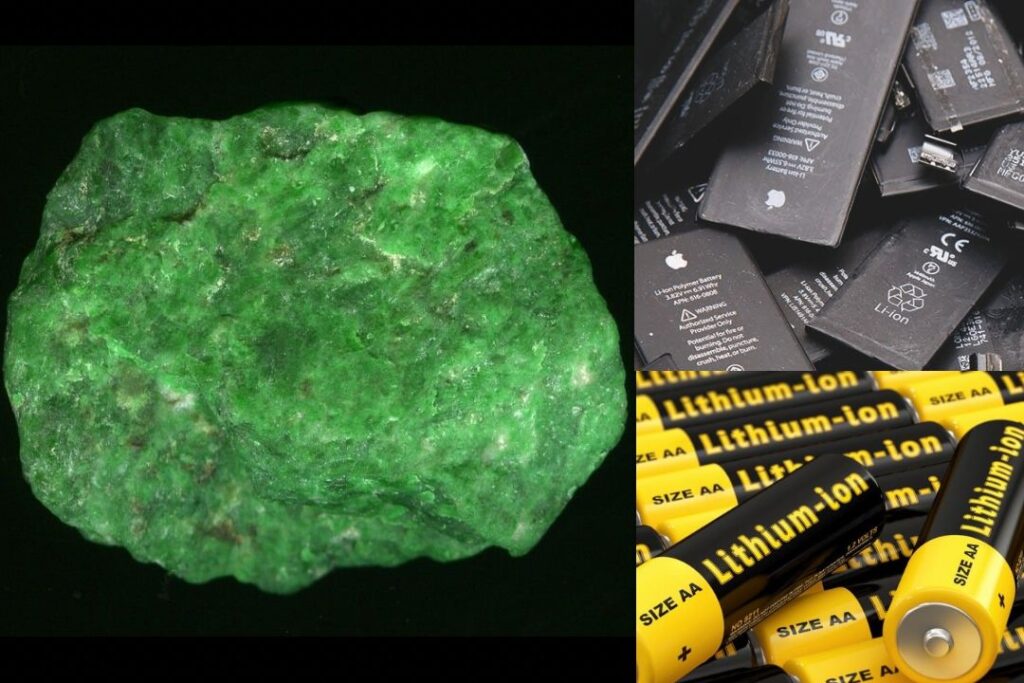
What makes Jardite truly exciting isn’t just its glow, it’s what’s inside. The mineral is packed with alkali metals like lithium and sodium, which are essential in today’s battery production. Lithium, in particular, is the backbone of rechargeable batteries used in everything from smartphones to electric cars. The idea that Jardite naturally concentrates such valuable elements has researchers intrigued. If it could be found or manufactured in large enough amounts, Jardite could ease the pressure on current lithium mining, which is costly and environmentally challenging. This makes it not only a technological breakthrough but potentially an environmental one too.
5. One theoretical deposit could power a million EVs
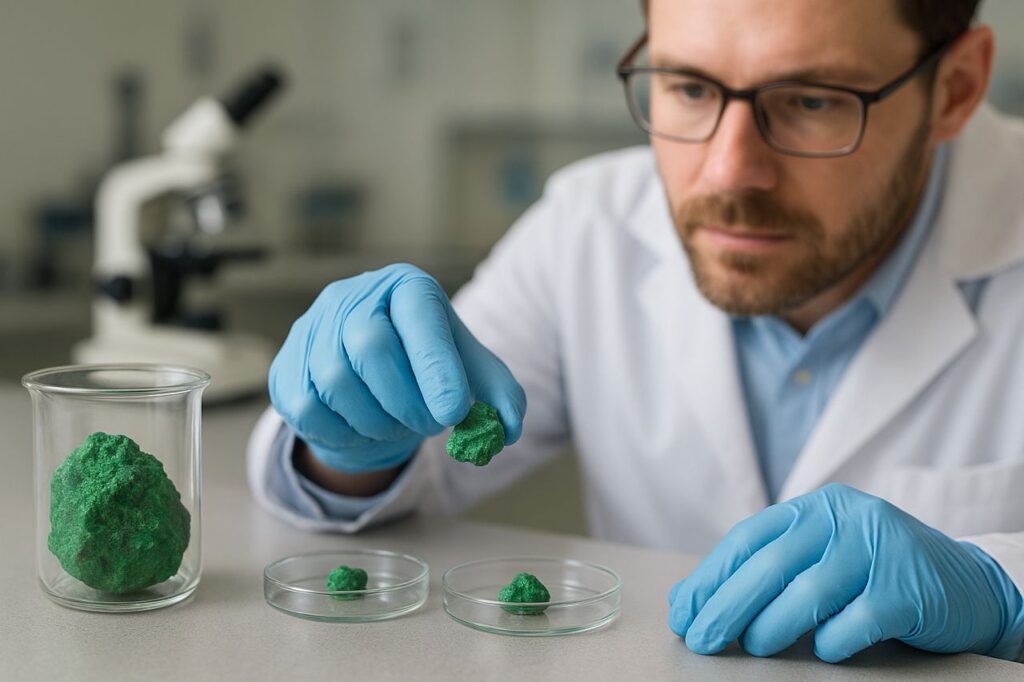
Even with the tiny samples produced in labs, scientists have started running models to estimate the impact of Jardite if it were discovered in nature. The numbers are striking. A single sizable deposit, based on the material’s density and composition, could theoretically provide enough resources to power up to a million electric vehicles. While that might sound like science fiction, it’s rooted in careful analysis. Of course, this assumes deposits of Jardite actually exist and can be accessed, something that has yet to be proven. But even this cautious projection shows why the mineral is already drawing serious attention from the scientific and energy communities.
6. Why only a million? That’s a conservative estimate
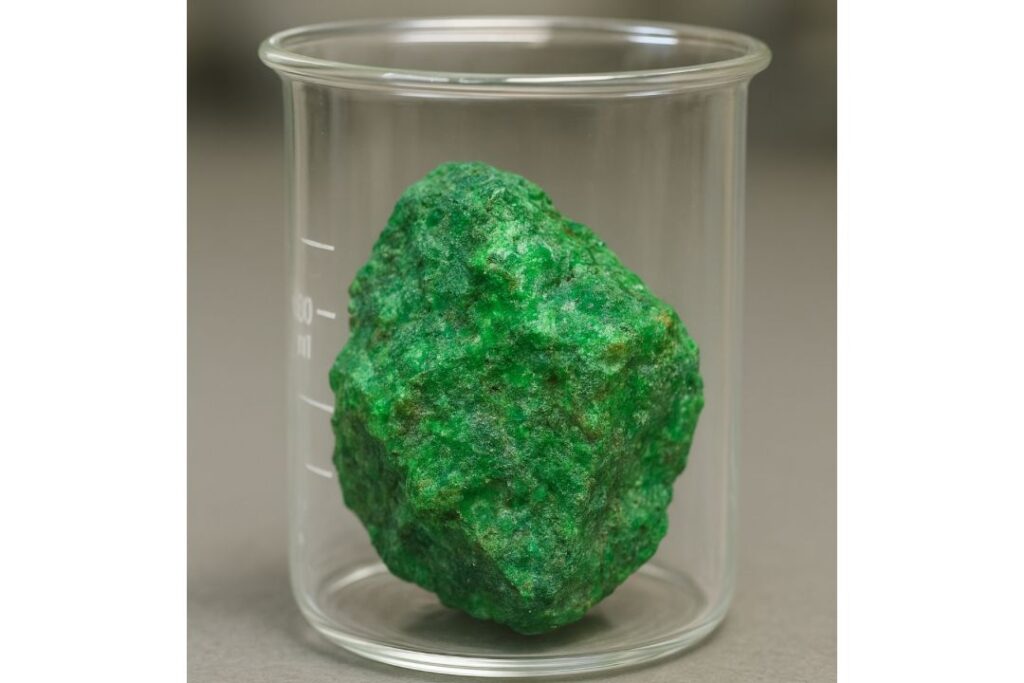
The “million EVs” figure sounds big, but in truth it’s just the safe, low-end number. Scientists don’t yet know how much Jardite could exist in the wild, or whether it can be mined at all. The estimate is based on small lab-grown samples, carefully scaled up through mathematical modeling. Until real deposits are discovered and measured, researchers are intentionally cautious with their predictions. It’s possible that Jardite’s potential is far greater, but science often moves slowly to avoid overpromising. That said, even the conservative estimate is enough to get people excited, after all, one mineral helping to power a million cars is no small feat.
8. It could revolutionize renewable energy storage

Beyond electric vehicles, Jardite may also play a critical role in renewable energy. Solar and wind power are abundant but inconsistent, which is why efficient energy storage is so important. Jardite’s density and durability suggest it could store large amounts of renewable energy and release it steadily when needed, helping balance power grids on cloudy days or during windless nights. If that potential holds true, it could accelerate the global shift away from fossil fuels, making renewable power more reliable for everyday use. In that sense, Jardite could be more than just a tool for cars, it could reshape how entire cities are powered.
9. No one has found it in the wild yet
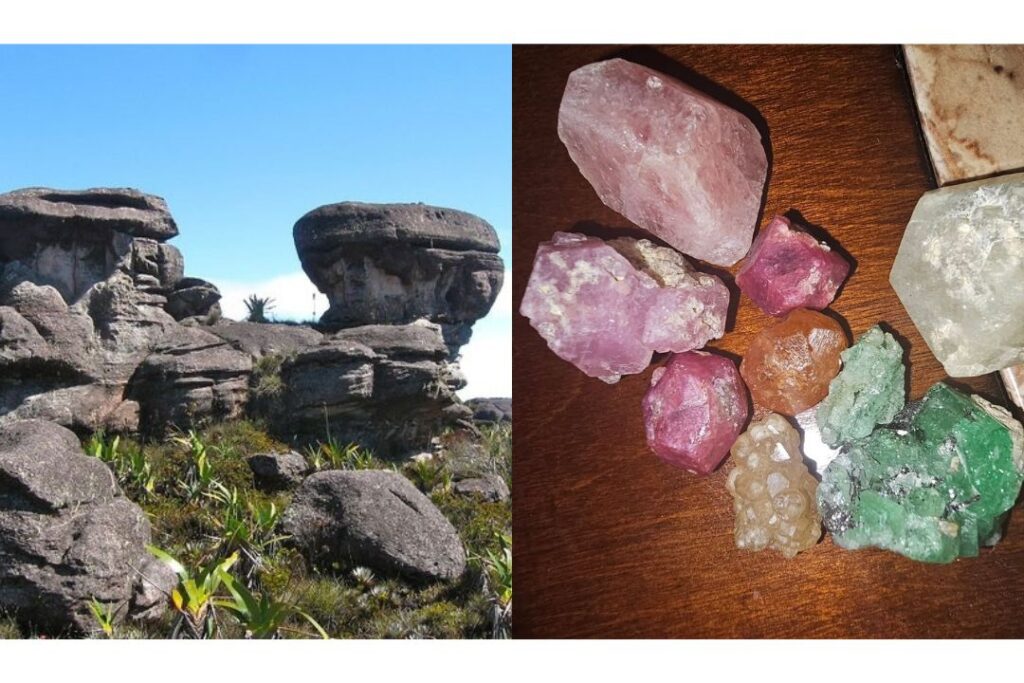
For now, Jardite remains a laboratory creation. Researchers believe it might naturally form in extreme environments, such as deep tectonic zones or subduction regions where one plate slides beneath another. The problem is that these areas are incredibly difficult to explore, let alone mine. Still, scientists are keeping their eyes open for clues in unusual rock formations or unexpected mineral samples. The search is part science, part treasure hunt, nobody knows if a natural deposit is waiting to be uncovered, but the possibility keeps interest alive.
10. The market value is unknown but potentially massive

Since no natural deposits of Jardite have been found or mined, there’s no market price yet. But if scalable sources were discovered, the impact on global energy markets could be enormous. Demand for lithium alone has already created billion-dollar industries, and Jardite could provide an even more powerful alternative. Energy storage is one of the fastest-growing sectors worldwide, with trillions of dollars projected in future value. If Jardite proves to be practical, it wouldn’t just be another mineral, it could reshape global economics and shift the balance of energy trade for decades to come.
11. It’s not officially named but everyone’s watching
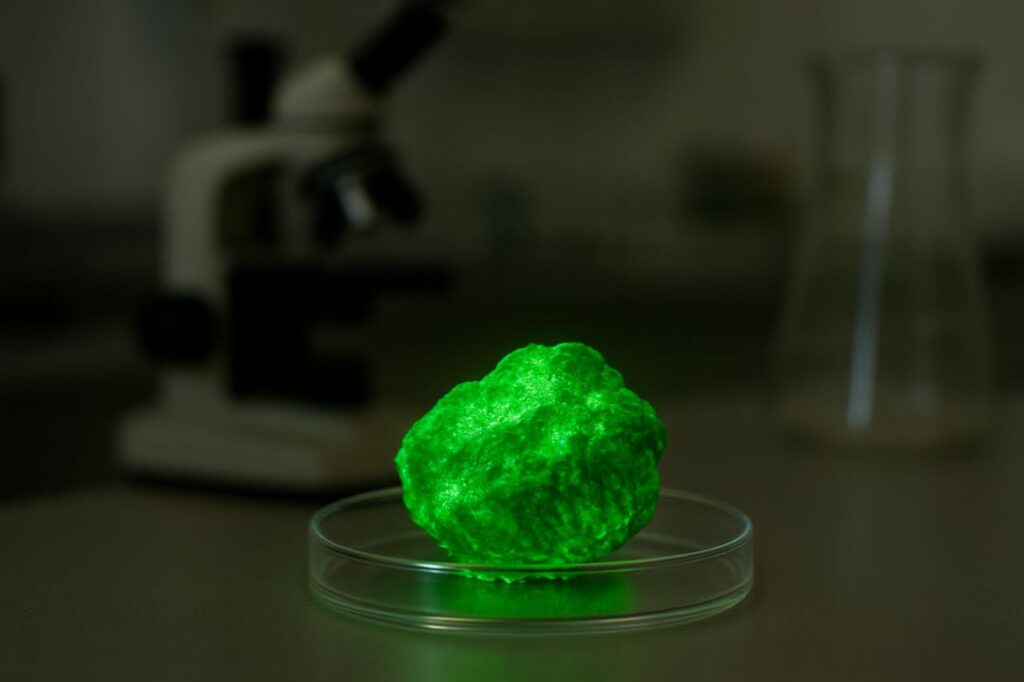
“Jardite” is a working name, given by researchers because of the mineral’s bright, almost alien glow. It isn’t officially recognized in geology yet, but the scientific community is already paying close attention. The early data suggest Jardite is unique and potentially revolutionary, which is enough to spark conversations across labs, universities, and even industry. For now, it exists in a curious in-between space: a scientific oddity with the potential to change the world. Whether it will reach that point depends on what future research uncovers, but one thing is clear, it won’t be ignored.
Why? this strange glowing mineral could become one of the most important discoveries of our time. Whether it’s just a scientific curiosity or the key to a cleaner future, the story of Jardite is only just beginning.
This story 11 Things to Know About Jardite, The Real Mineral That Could Power a Million EVs was first published on Daily FETCH


